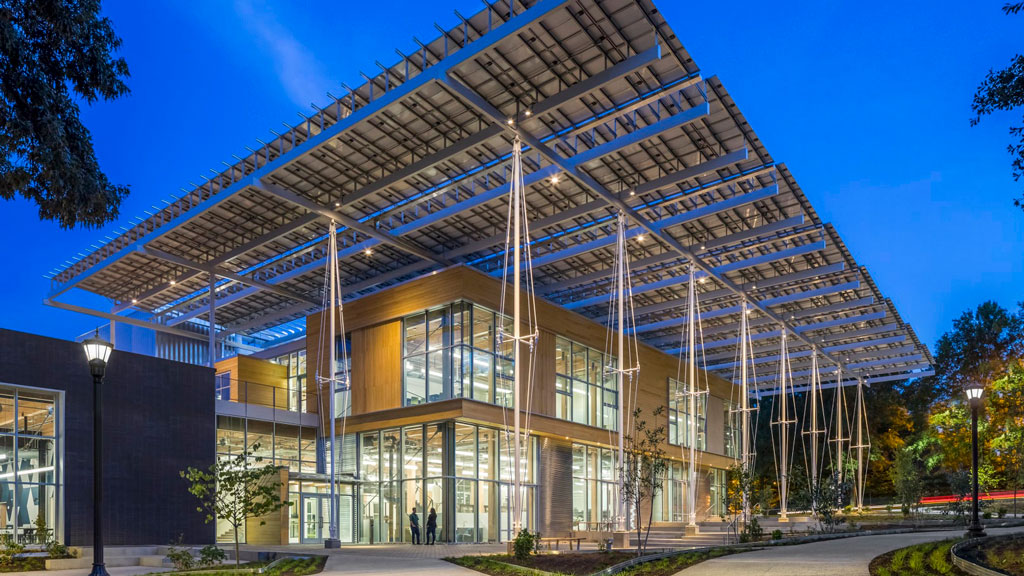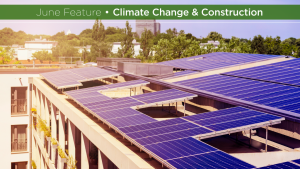Over the past 10 years, the importance of energy efficiency and the consequent reduction of GHG emissions from homes and buildings have gained increased attention from governments, the public and the construction industry.
Government policies, while never quick to shift direction, will always play a large role if progress is to continue. Sadly, Canada’s 2020 National Building Code model, delivered in 2022, disappointed many for its lack of leadership. It left provinces to adopt high or low levels of increased energy efficiency at their discretion.
However, the rest of the world is changing. According to the 2021 Global Status Report for Buildings and Construction published by the United Nations, global investment in energy efficiency in the buildings sector rose by over 11 per cent in 2020 to US$184 billion.
Important steps continued into in 2022. Globally, the New Building Institute published its Building Decarbonization Codes, detailing model code language for both new builds and retrofits covering all-electric and mixed fuel commercial properties.
States like Washington, California and Massachusetts adopted codes and passed legislation that made meaningful strides towards decarbonization, such as mandating heat pump installation, ending the sale of fossil fuel appliances, and requiring new homes to be all-electric.
Even municipalities took strong measures. New York City’s Local Law 97 now mandates buildings larger than 25,000 square feet to make significant reductions in GHG emissions or face serious fines.
These actions addressing operational carbons traced to buildings are great news. However, operations represent only part of the carbon story.
As engineering and project management multinational Stantec explains, reduction of operational emissions due to energy efficiency efforts will shift the overall balance between operational and embodied carbons. They estimate by 2040 embodied carbons will increase from 28 to 40 per cent of a typical structure’s lifetime emissions.
Tracing embodied carbons is particularly challenging due the intricacy of today’s supply chains and the fact two seemingly identical building materials may have different levels of carbon embodiment.
As Fiona Cousins, principal of the New York office of multinational services firm Arup, admitted when interviewed by Propmodo, “We truly have no idea where we are with embodied carbon levels.”
Construction’s massive appetite for global resources continues. According to the U.S. Environmental Protection Agency (EPA), between 30 and 50 per cent of all raw materials extracted annually is destined for construction. The OECD estimates by 2060, consumption could double. Furthermore, the OECD estimates building material waste from demolition represents about 40 per cent of all waste sent to landfills.
The growing realization of embodied carbon’s impact on the construction industry is finally creating much needed awareness and action. This includes more consideration given not only to the increased repurposing of materials but even to the suggestion from British architectural and design critic Oliver Wainwright that buildings be designed for deconstruction and reuse from the outset.
Business guru Peter Drucker once famously said, “If you can’t measure it, you can’t manage it.”
In response, a team of U.K. building professionals are inviting data from new construction and retrofits in order to develop what they call “The UK Net Zero Carbon Buildings Standard (NZCBS).” It hopes through consensus and collaboration, a robust new building standard will emerge.
Meanwhile, project owners and builders looking for tangible evidence of what is achievable can consider the 47,000 square foot Kendeda Building for Innovative Sustainable Design at the Georgia Institute for Technology in Atlanta.

Designed by the American architectural team of Lord Aeck Sargent and The Miller Hull Partnership, and built by global construction giant Skanska, it is one of only 28 buildings around the world to have earned the prestigious Living Building Challenge certification.
Beyond its use of Cross Laminated Timber and net-positive levels of energy generation and water harvesting, the Kendeda Building eliminated 99 per cent of its construction waste and used large amounts of recycling building materials. CarbonCure concrete was also used, saving a further 40,000 pounds of embodied carbon.
The Kendeda Building demonstrates how the full engagement of all stakeholders can make a difference.
John Bleasby is a Coldwater, Ont.-based freelance writer. Send comments and Climate and Construction column ideas to editor@dailycommercialnews.com.










Recent Comments